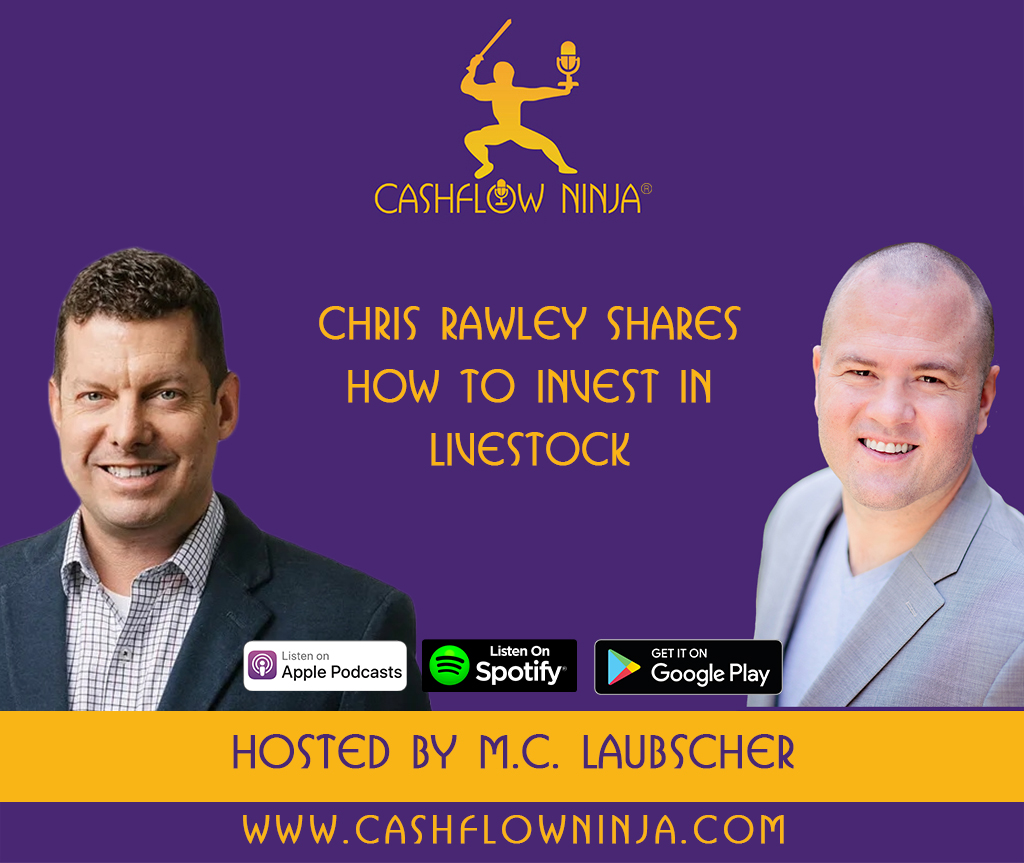
Vintage cars as an investment asset class involve buying and owning classic or antique automobiles with the anticipation that their value will increase over time. This type of investment attracts car enthusiasts and investors drawn to the historical significance, rarity, and emotional appeal of these vehicles. Vintage cars are typically manufactured between the 1910s and the 1930s, although the exact definition can vary. Cars from this era are celebrated for their distinctive designs and historical importance.
One of the key characteristics of vintage cars is their rarity and exclusivity. They are often produced in limited quantities, and specific models or vehicles with unique histories, such as a racing pedigree or celebrity ownership, are precious. The condition and authenticity of a vintage car are also crucial to its value. Vehicles that are well-preserved in their original condition or have been meticulously restored are more valuable. Authenticity, which includes maintaining original parts and specifications, is a significant factor in determining a car’s worth.
Additionally, the prestige of the brand and model plays a role in the value of vintage cars. Collectors and investors seek certain brands and models more due to their status. For example, brands like Ferrari, Mercedes-Benz, Bugatti, and Alfa Romeo have produced highly prized models in the collector’s market. Overall, vintage cars offer a unique investment opportunity that combines financial potential with a passion for automotive history and culture.
Why Invest In Vintage Cars?
Investing in vintage cars can be an attractive option for many investors for various reasons. One of the key reasons is the potential for appreciation in value. Some vintage cars, especially those rare, historically significant, or from prestigious marques, have shown a substantial increase in value over time. As physical assets, vintage cars allow investors to enjoy and showcase their investments. This contrasts stocks or bonds, as vintage cars provide a tangible connection to history and automotive culture.
The emotional and aesthetic appeal of vintage cars is another compelling reason for investment. Many investors are drawn to these vehicles for their aesthetic beauty, historical significance, and the emotional connection they evoke. Additionally, investing in vintage cars can diversify an investment portfolio, as the value of vintage cars often does not directly correlate with traditional financial markets. This can provide a hedge against market volatility.
Owning a vintage car also confers a sense of prestige and status. Rare and historically significant cars are often viewed as symbols of luxury and exclusivity, adding another layer of appeal to the investment. These factors make vintage cars a unique and potentially rewarding investment opportunity, blending financial potential with personal enjoyment and passion for automotive history and culture.
Vintage Car Ecosystem
The vintage car ecosystem is a diverse and intricate network, encompassing various stakeholders and processes essential to the world of classic and antique automobiles. At the heart of this ecosystem are car enthusiasts and collectors. These individuals range from casual hobbyists who enjoy the beauty and nostalgia of classic cars to serious investors who see these vehicles as valuable assets. Their passion and investment keep the market vibrant and dynamic, driving the overall health of the vintage car world.
Auction houses and dealers play a pivotal role in facilitating the buying and selling of vintage cars. They provide platforms and transaction expertise, catering to a range of buyers and sellers. Auction houses are significant for high-value, rare vehicles, offering a venue for competitive bidding. On the other hand, dealers offer a more traditional sales avenue, often providing a curated selection of cars and personalized services.
Restorers and mechanics, both professionals and enthusiasts, are crucial for maintaining and restoring classic cars to their original glory. These skilled individuals combine technical expertise with a deep appreciation for automotive history, ensuring that each vehicle is mechanically sound and true to its heritage. Their work is essential in preserving these timeless machines’ physical condition and historical authenticity.
Auto shows and events provide vibrant platforms for owners to showcase their prized possessions and for enthusiasts to immerse themselves in automotive history. These gatherings often feature competitions, exhibitions, and social events, allowing the community to come together and celebrate their shared passion for vintage cars. They are critical events for networking, displaying vehicles, and enjoying the camaraderie of the classic car community.
Vintage car clubs and online communities create a sense of camaraderie and a space for sharing knowledge and passion among classic car enthusiasts. These groups include physical clubs, digital forums, and social media platforms. They offer a platform for networking, exchanging ideas, and fostering a sense of belonging among those who share a love for vintage automobiles.
Parts suppliers and manufacturers ensure the ongoing maintenance and restoration of vintage cars, supplying necessary components and accessories. These businesses play a vital role in keeping classic cars on the road, offering everything from hard-to-find parts to modern upgrades that maintain the vehicle’s integrity while enhancing performance or reliability.
Museums, exhibitions, publications, and media outlets contribute to the educational and informational aspects of the vintage car ecosystem. Museums and exhibitions preserve important vehicles and educate the public about their historical and cultural significance. Publications and media outlets, including magazines, websites, and TV shows, provide enthusiasts with a wealth of information, including historical insights, reviews, and market trends.
Finally, the ecosystem is supported by digital platforms like auction sites and online marketplaces, regulatory and certification bodies, transport and logistics companies, and insurance providers and appraisers. Digital platforms have streamlined the buying and selling process, making finding and trading vehicles worldwide easier. Regulatory and certification bodies ensure the authenticity and compliance of vintage cars. Transport and logistics companies specialize in the safe and secure transportation of these valuable vehicles. At the same time, insurance providers and appraisers offer financial protection and valuation services, ensuring owners can safeguard their investments.
How To Grow Cash
Investing in vintage cars can be profitable, requiring knowledge, patience, and a keen eye for the market. One key way investors make money is by appreciating the value of classic cars, scarce models, cars with historical significance, or cars in exceptional condition. Investors typically buy these cars, believing that they will increase in value over time, allowing them to sell at a profit later. This appreciation is often driven by scarcity, desirability, and the vehicle’s condition and history.
Another strategy involves the restoration and resale of vintage cars. Some investors specialize in purchasing cars that need restoration, investing in their repair and restoration to bring them back to their former glory. A well-restored classic car can command a higher price on the market, enabling the investor to sell it for a profit. This approach requires significant expertise in restoration and an understanding of which cars are worth the investment.
Renting out classic cars for events and productions, such as special events, photo shoots, movies, and commercials, offers a steady income stream while the car’s value appreciates. This method allows investors to monetize their investment without selling the car. Additionally, collecting rare or limited edition models is another lucrative investment strategy, as the rarity of these cars often drives up their value over time.
Market timing is crucial in vintage car investments, with savvy investors monitoring the market for undervalued cars, purchasing them, and waiting for the right time to sell when their value increases. This requires a deep understanding of market trends and the factors influencing car values. Vintage cars can also be part of a broader investment portfolio, offering diversification away from traditional stocks and bonds. While they can be volatile, they often do not correlate directly with other markets, providing a hedge against market downturns.
Showcasing cars at events and competitions is another way to increase a car’s value and desirability. Winning awards at prestigious car shows and events can elevate a car’s profile and its value. Lastly, being active in the vintage car community can lead to private sales and insider knowledge about upcoming deals. Networking and community involvement allow investors to buy or sell cars at advantageous prices.
How To Lose Money
Investors can lose money investing in vintage cars due to several factors. One significant risk is market volatility and the potential decrease in the value of specific models. The vintage car market is unpredictable and subject to fluctuations influenced by changing consumer tastes, economic downturns, or oversupply. This can lead to a situation where investors find their cars have depreciated when they decide to sell.
Another significant factor is the high cost of restoration and maintenance. Restoring and maintaining vintage cars can be incredibly costly, and if an investor underestimates these costs, they can quickly consume potential profits. Restoration projects often uncover additional problems, leading to unforeseen expenses, and ongoing maintenance to keep a classic car in top condition is a significant financial burden.
Lack of expertise can also lead to financial losses. Investing in vintage cars requires a deep understanding of the market, including knowing which models are likely to appreciate. Novice investors, or those without sufficient expertise, may make poor investment choices, buying cars that do not increase in value or are challenging to sell.
Insurance and storage costs further reduce the overall return on investment. Classic cars require specialized insurance, which can be expensive, and secure storage is necessary to protect the vehicle from environmental damage, theft, or vandalism.
The difficulty in selling vintage cars also poses a risk. The market can be niche, and finding the right buyer can take time. Investors needing to sell quickly may have to accept a lower price than anticipated, and the pool of potential buyers is smaller compared to more contemporary vehicles.
Regulatory changes, such as environmental laws or restrictions on the use of older vehicles, can also impact the desirability and value of vintage cars. For example, implementing low-emission zones in some cities, where older, more polluting cars are banned or subject to high fees, can affect their appeal.
Investors might also overestimate potential returns, leading them to overpay for a vehicle and expect it to appreciate more than it does. This optimism can result in uninformed decisions and overcapitalization on restoration or upgrades.
Finally, market trends and fads can influence the popularity of specific models or types of vintage cars. An investor might buy a car currently in vogue, only to find its popularity wanes, reducing its value. This demonstrates how the success of investing in vintage cars hinges on a careful assessment of the market, realistic budgeting, and an understanding of the various risks involved.
Positives & Negatives Of Vintage Cars
Positives:
Potential for Appreciation: Carefully chosen vintage cars have the potential to increase in value significantly, whether they are scarce models or those with historical significance.
Tangible Asset: Unlike stocks or bonds, vintage cars are physical assets investors can enjoy and showcase.
Passion Investment: For many investors, classic cars are more than just an investment; they are a passionate hobby.
Diversification: Including tangible assets like vintage cars in an investment portfolio can help reduce risk through diversification.
Historical Significance: Owning a piece of automotive history can be fulfilling and enhance the car’s value and provenance.
Community and Events: Investors can become part of a passionate community, attend events, and win prizes, increasing a car’s desirability and value.
Rental Opportunities: Vintage cars can be rented out for various purposes, such as events, films, or photoshoots, creating an additional income stream.
Negatives:
High Initial Costs: Acquiring, restoring, and maintaining a vintage car can require significant financial investment.
Market Fluctuations: The value of vintage cars can be influenced by market trends, economic conditions, and collector interests.
Maintenance and Restoration: Vintage cars require regular and often expensive maintenance and restoration work to preserve their value and functionality.
Storage: Proper storage is crucial to protect the vehicle from the elements, which can be an additional expense.
Liquidity: Selling a vintage car quickly or at a favorable price may be challenging due to the niche market.
Depreciation Risks: Not all vintage cars appreciate; some may depreciate due to overproduction or a lack of historical significance.
Expertise Required: Successful investment in vintage cars often demands a deep knowledge of car history, authenticity, and the current market.
Insurance Costs: Insurance for vintage cars, especially those driven regularly, can be costly and requires coverage for various risks.
Investment Opportunity Filter™
The Investment Opportunity Filter™ evaluates an investment opportunity based on cashflow, tax benefits, appreciation, and the leverage it provides.
Vintage cars score a 2/4 with The Investment Opportunity Filter™.
Vintage cars can increase in value significantly and allow for leveraging skill sets, capabilities, networks, and capital of others.
Download all the Niches Trilogy Books:
The 21 Best Cashflow Niches
Digital: https://www.
Audio: https://podcasters.spotify.
The 21 Most Unique Cashflow Niches
Digital: https://www.
Audio: https://podcasters.spotify.
The 21 Best Cash Growth Niches
Digital: https://www.
Audio: https://podcasters.spotify.
Listen To Cashflow Ninja Podcasts:
Cashflow Ninja
https://podcasters.spotify.
Cashflow Investing Secrets
https://podcasters.spotify.
Cashflow Ninja Banking
https://podcasters.spotify.
Share This
Related

840: Chris Rawley: How To Invest In Livestock
My guest in this episode is Chris Rawley. Chris is a retired Navy Reserve Captain, founded Harvest Returns in 2016 to democratize agricultural investments. During his 30-year military career, Rawley served in leadership roles across naval, expeditionary, and joint special operations units, deploying to regions such as Afghanistan, Iraq, Africa, the Middle East, and the…

839: Louis O’Connor: The Exciting Trends For Rare Earth Metals Right Now
My guest in this episode is Louis O’ Connor. Louis is the Founder, and Principal of Strategic Metals Invest. We are the only industry supplier in the world to offer private investors the option to purchase and profit from owning Strategic Metals. The investment play is exactly the same paradigm as investing in Precious Metals,…

838: Michael Cobb: How To Buy Your Home Overseas And Get It Right The First Time
Our guest today is Mike Cobb, co-founder & CEO of ECI Development and President of Gran Pacifica. Named among the “100 Outstanding CEOs in Central America” by Mercados & Tendencias, Mike left a successful career in the computer industry to pursue opportunities in the emerging real estate markets of Central America. In 1996, he co-founded…
